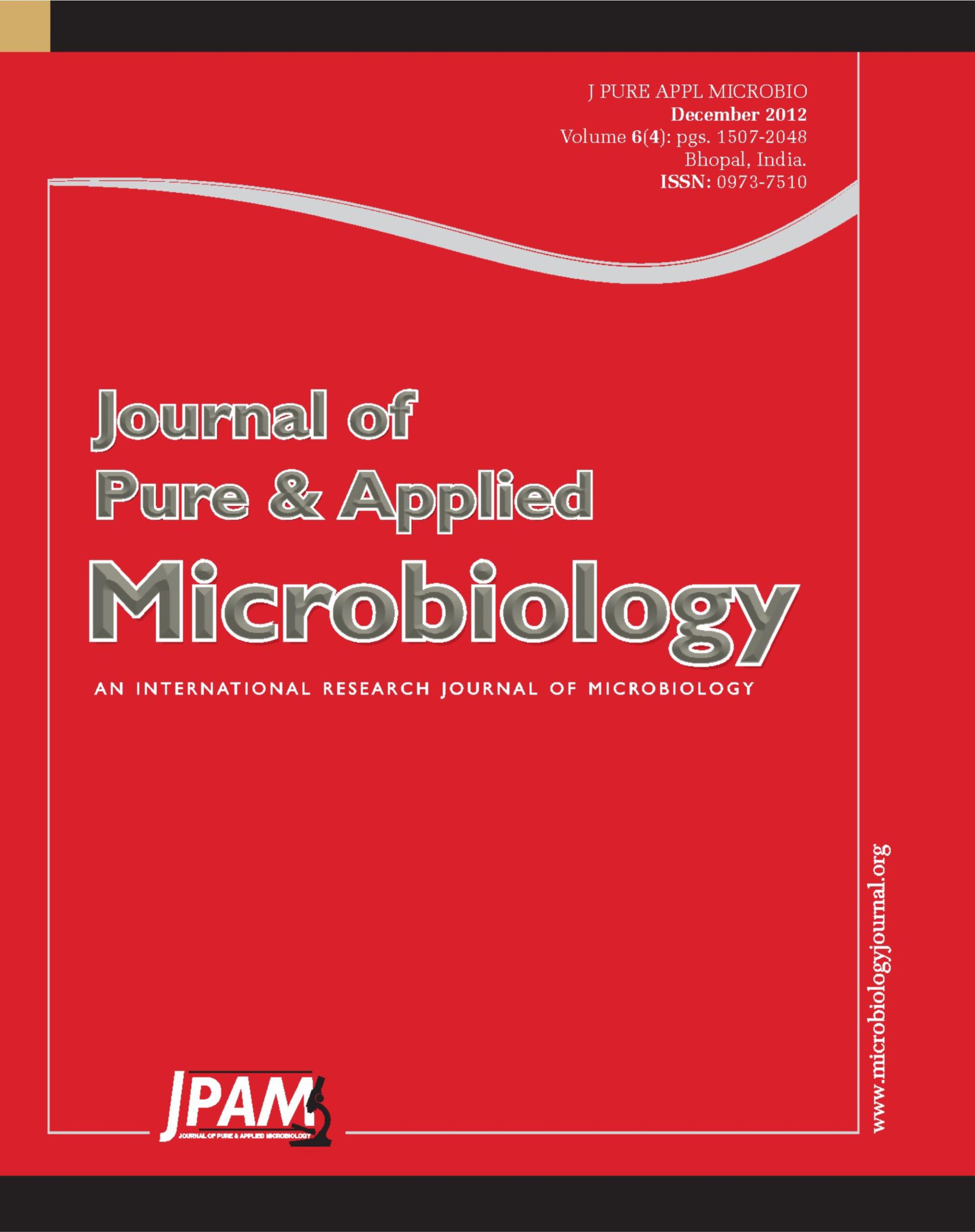Now a day, the environmental pollution caused by disproportionate use of chemical pesticides increased the interests in biological based integrated disease management, where chemical pesticides are substituted by bio-pesticides to control plant diseases. Trichoderma spp. is a potential fungal biocontrol agent against a range of plant pathogens. The major issue involved in mass production and utilization of bioagents are selection of efficient strains, development cost effective methods, for mass multiplication, effective methods for storage, and its formulation. Present study deals with use of different cereal grains for their suitability as substrates for mass multiplication Trichoderma harzianum. Sorghum grain was found as superior substrate as it gave maximum population (c.f.u.) and can be used for the effective mass multiplication of ThCh-1.
Trichoderma harzianum, sorghum grains, mass cultivation
© The Author(s) 2012. Open Access. This article is distributed under the terms of the Creative Commons Attribution 4.0 International License which permits unrestricted use, sharing, distribution, and reproduction in any medium, provided you give appropriate credit to the original author(s) and the source, provide a link to the Creative Commons license, and indicate if changes were made.


